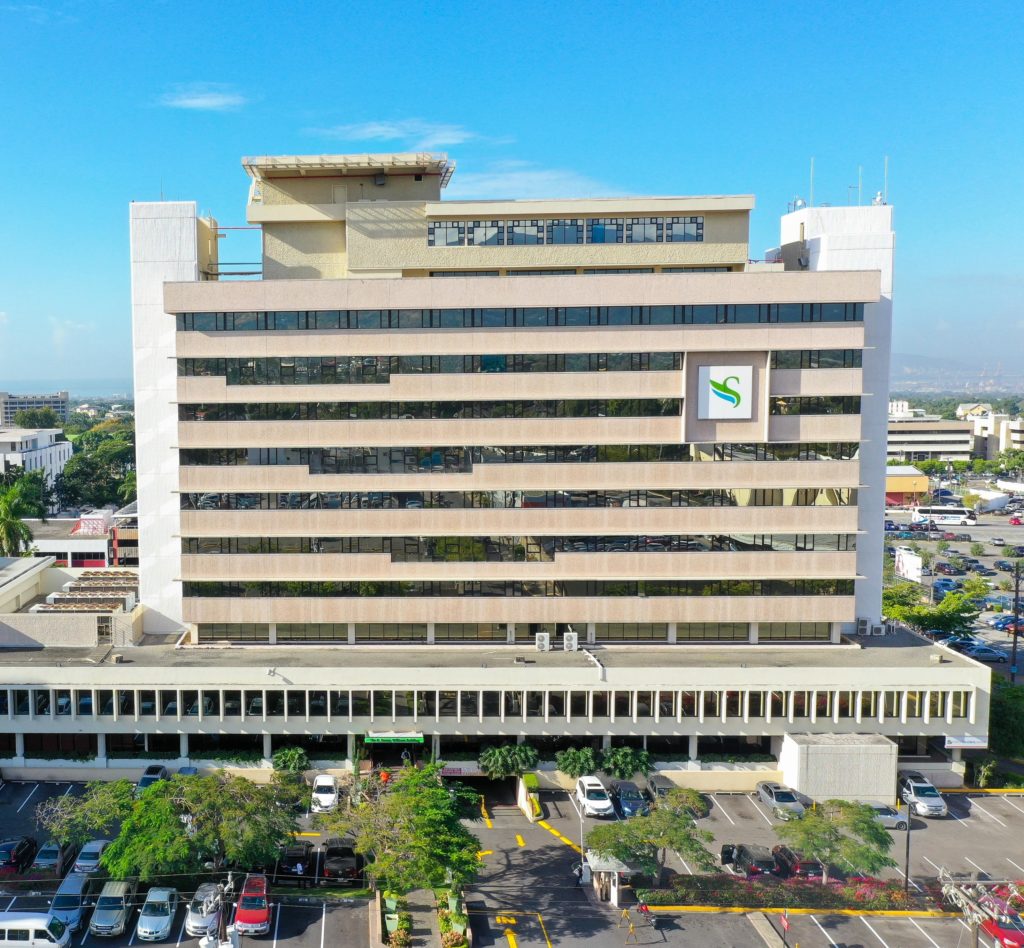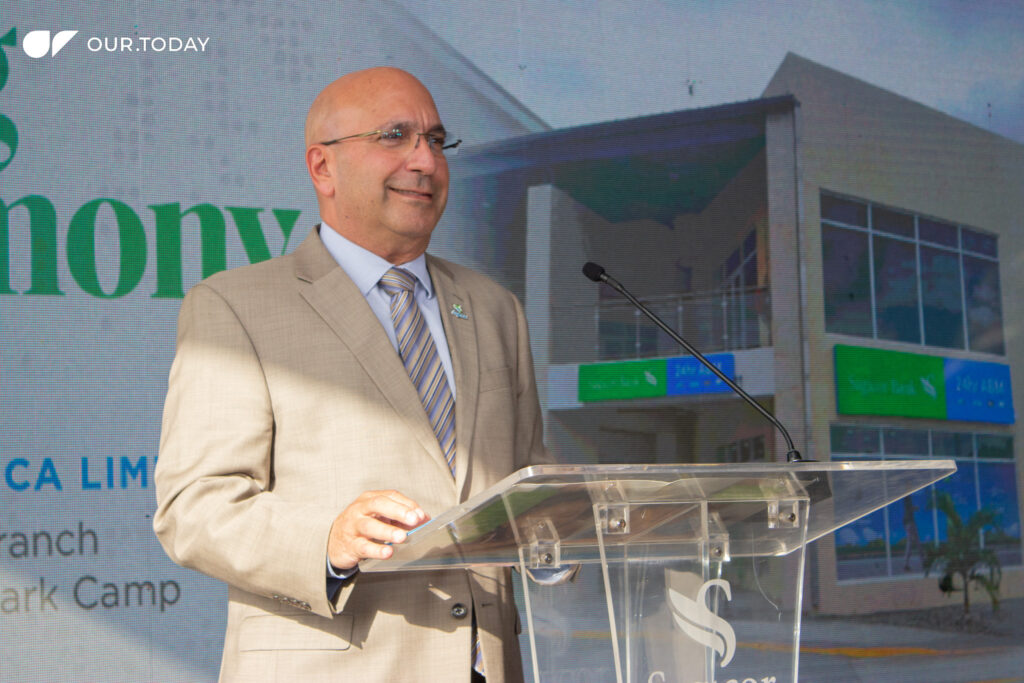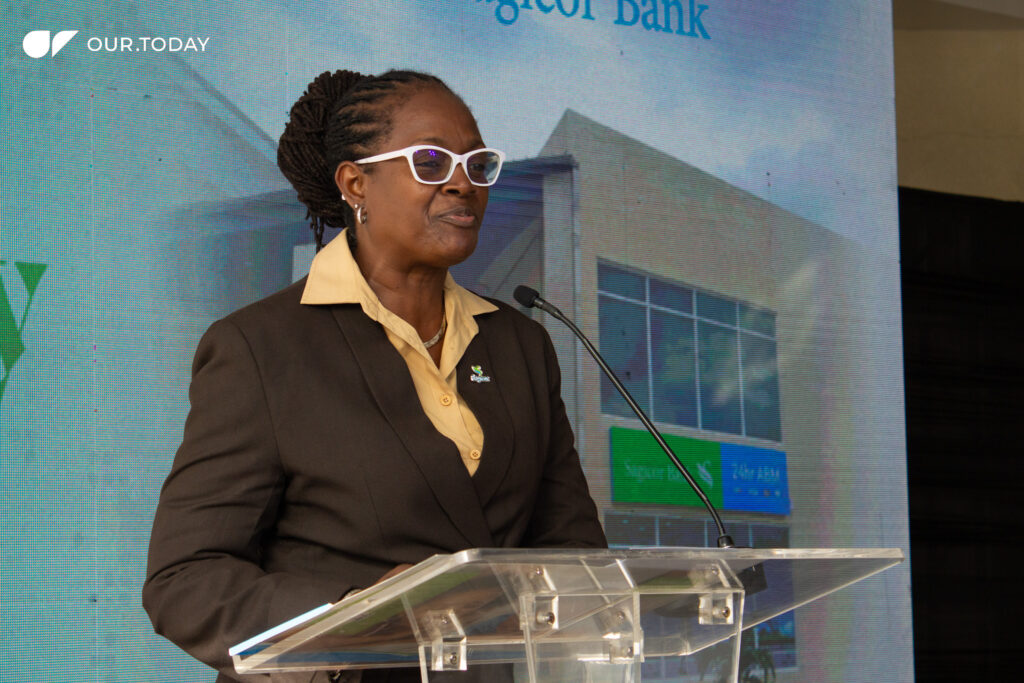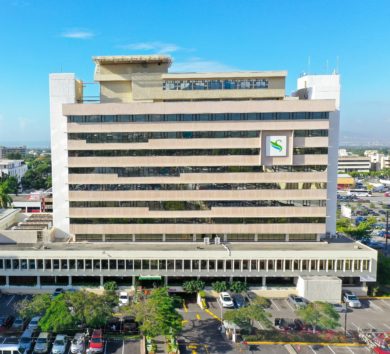

Sagicor Group Jamaica more than doubled its profits for the half-year, as all segments in the financial group delivered credible performances.
For the six-month period ended June 30, 2025, the financial services group recorded net profit attributable to stockholders of $8.73 billion, a 120 per cent increase over the $3.98 billion reported for the same period in 2024.
In addition to the growth across all major business lines, Sagicor credited the performance to “a rebound in the group’s asset portfolio, which recorded unrealised gains compared to the prior year’s losses”.
For the President and CEO of Sagicor Group Jamaica, Christopher Zacca, the results demonstrate the effectiveness of the group’s strategic investments, which position the entity for continued growth.

“We have been very deliberate in our approach to decision making, as we push to capitalise on opportunities that support positive stakeholder returns,” he said.
Sagicor ended the half-year with earnings per share attributable to stockholders of $2.2 compared with $1.02 for the same period.
Segment performance
One of the highlights in Sagicor Group Jamaica’s report was the improved performance of its insurance business line. The segment’s revenue increased by $3.80 billion or 15 per cent compared to the first six months of 2024.
“Both the long-term and short-term insurance lines positively influenced this performance, as they continued to experience strong new business sales,” Zacca shared in an earnings call.
The long-term insurance division produced a net profit of $5.45 billion compared with $2.49 billion in the comparative 2024 period. At the same time, the short-term insurance division generated a net profit of J$1.65 billion from revenues totalling $18.45 billion.
In February, Sagicor Group entered into an agreement to offer staff of the Jamaica Manufacturers and Exporters Association’s member companies life and health insurance programmes.
Sagicor’s commercial banking segment recorded a 13 per cent increase in revenue for the first half of 2025. This contributed to an increase in its net profit to $1.64 billion versus $1.42 billion in 2024.
“The performance was supported by higher net interest income and larger transaction volumes on the card payment portfolios. The bank’s loan portfolios also grew, with J$20.48 billion in new loans written, supporting a J$0.99 billion increase in interest income. Deposits and other funding liabilities grew by $16.31 billion, reflecting continued consumer confidence,” Zacca remarked.
In May, Sagicor Bank continued its commitment to improving access for clients through the use of technology. The bank also opened its revamped Up Park Camp location, making it the second “phygital” branch in its network.

For Sagicor Investments, net profit for the half-year totalled $0.96 billion compared to $0.41 billion for the same period last year. The segment realised improved net investment income by 61 per cent to $2.61 billion (2024: $1.61 billion), primarily due to net trading income of J$1.02 billion.
“Sagicor Investments remains focused on equipping corporate clients with innovative solutions to raise capital. In addition to client-focused initiatives such as the Empowering Business Summit held in June, the company is actively pursuing strategic initiatives to strengthen its market position,” the company said.
Looking ahead
Sagicor Group Jamaica underscored its commitment to improving client service while streamlining operations and increasing efficiency across all business lines. While the group realised profit growth, it has increased spending on digital infrastructure, cybersecurity, and team member experience, aiming to make stakeholder interactions more seamless and efficient.
“Despite mounting macroeconomic risks, especially on the global front, several positive indicators support the group’s cautiously optimistic view. We continue to monitor the risks and opportunities, as we position ourselves for even more growth,” Zacca stated, pointing to Jamaica’s active election season.
The financial services group notes that climate vulnerability, global financial conditions, and election-related uncertainty remain key risks in the second half of the year. Notwithstanding, it will maintain a disciplined approach to managing liquidity and capital while actively pursuing strategic opportunities that drive stakeholder value.






Comments